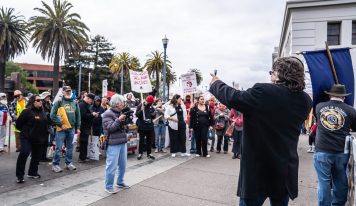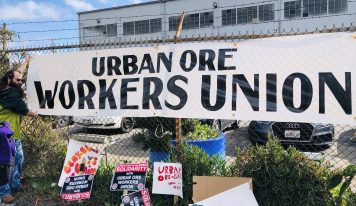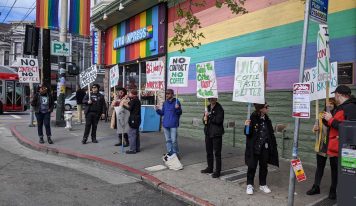Earlier this year, the White House confirmed that through the Federal Emergency Management Agency that local governments will be 100% reimbursed for the cost of shelter-in-place hotels, retroactive to January of 2020. This means there is no longer any financial excuse for San Francisco to not take on the homeless issue. The issue has been a protracted battle between the Board of Supervisors and homeless advocates to expand the shelter-in-place hotel program and on the other hand, the mayor and her administration. A majority of the City’s supervisors have demanded that the City expand our successful SIP hotels program to house as many people as possible without delay.
Under the existing Stafford Act, local government entities can now apply for reimbursement of expenses for specific emergency measures in response to the Covid-19 Pandemic. This FEMA decision is big for two reasons. First: it is the right thing to do, according to Supervisor Dean Preston. But now that the City will be reimbursed it must be done. The decision is essentially a $10 million stimulus payment to SF.
A new city agency, the Office of Housing Opportunities, has recently been created with the goal of housing 2,000 people by the end of the year. The agency will fall under the Department of Homelessness and Supportive Housing. This is a step towards reversing the Mayor’s arbitrary deadline for hotel eligibility that a homeless person must have been in the system as of April 2020 to qualify. The expectation is for the new agency to relieve the Department of Homelessness and Supportive Housing from its temporary COVID responsibilities in order to focus on longer-term initiatives.
This is a welcoming sign because long-term solutions are needed for the City’s homelessness crisis. Vacancies in the city’s permanent supportive housing stock reached nearly 10% in February. This is well above the goal of just 3%. 766 units, or 1 in 10, sat empty, a 58% increase from September. Interim director of the Department of Homelessness and Supportive Housing Abigail Stewart Kahn told the SF Public Press that the high vacancy rates come from a lack of transition from people living in shelter-in-place hotels into units that they have to pay for, and that often don’t have the same amenities or privacy as a hotel.
The high vacancy rate is a glaring discrepancy in the recovery of the unhoused. There is a long road of recovery ahead for both the City and the unhoused. The SF Medical Examiner reported nearly two overdose deaths a day on the streets of San Francisco between January and February. The COVID crisis has intersected the existing homelessness crisis and produced the most pressing health issue in our City. A major step in improving this situation will be getting people off the streets.





